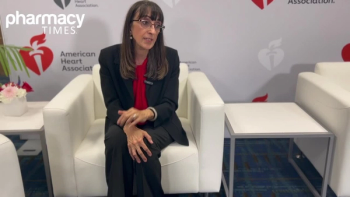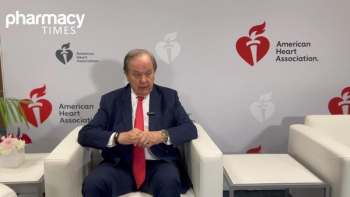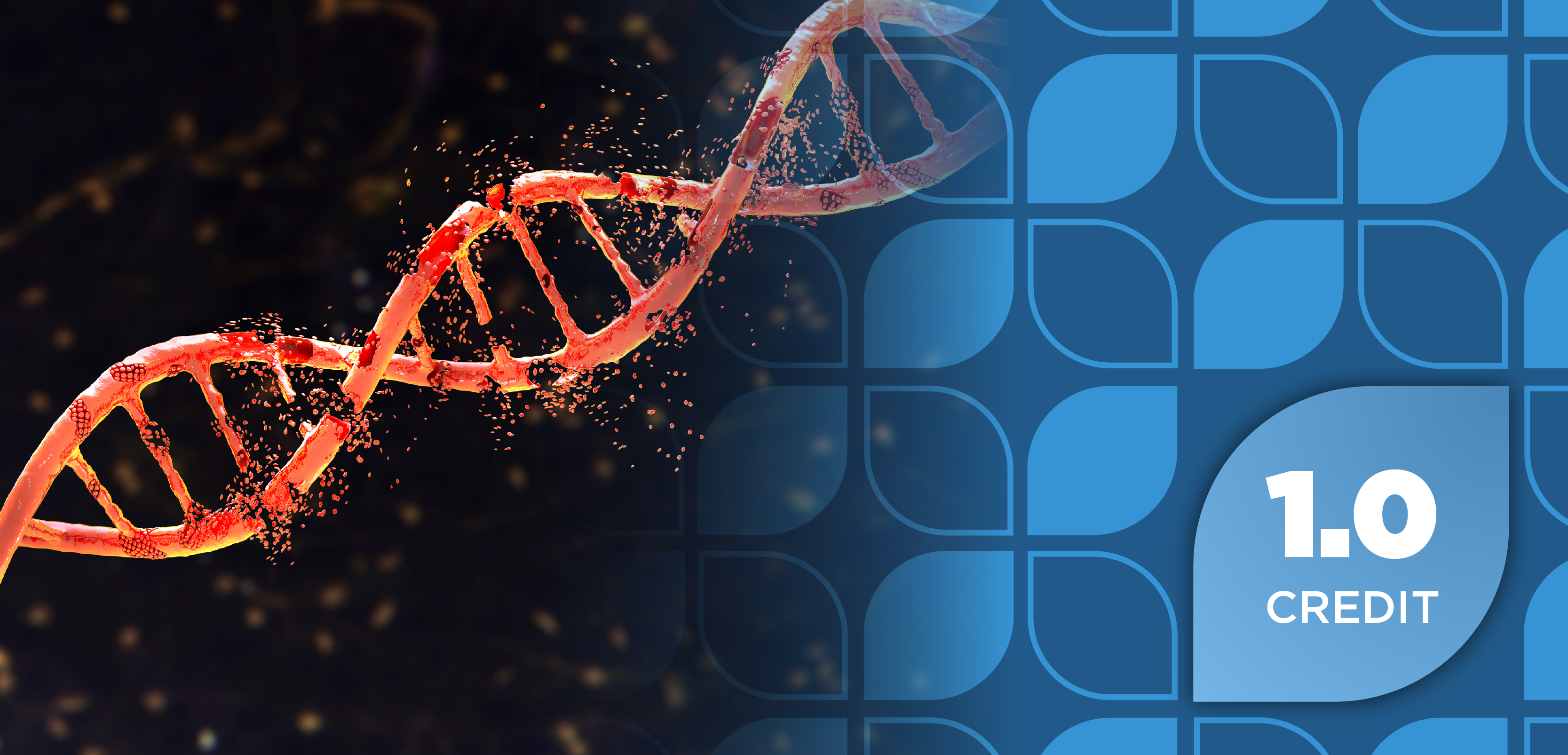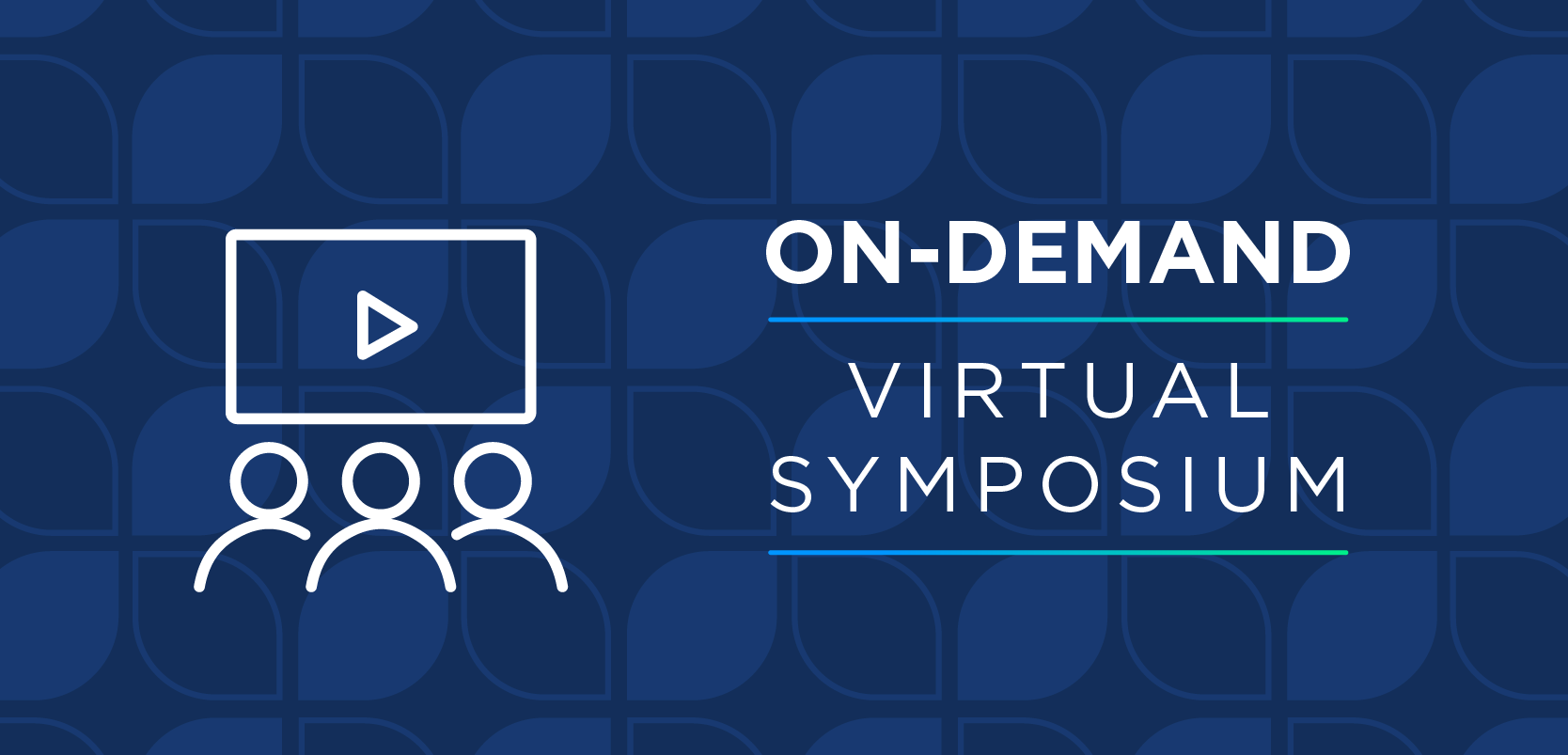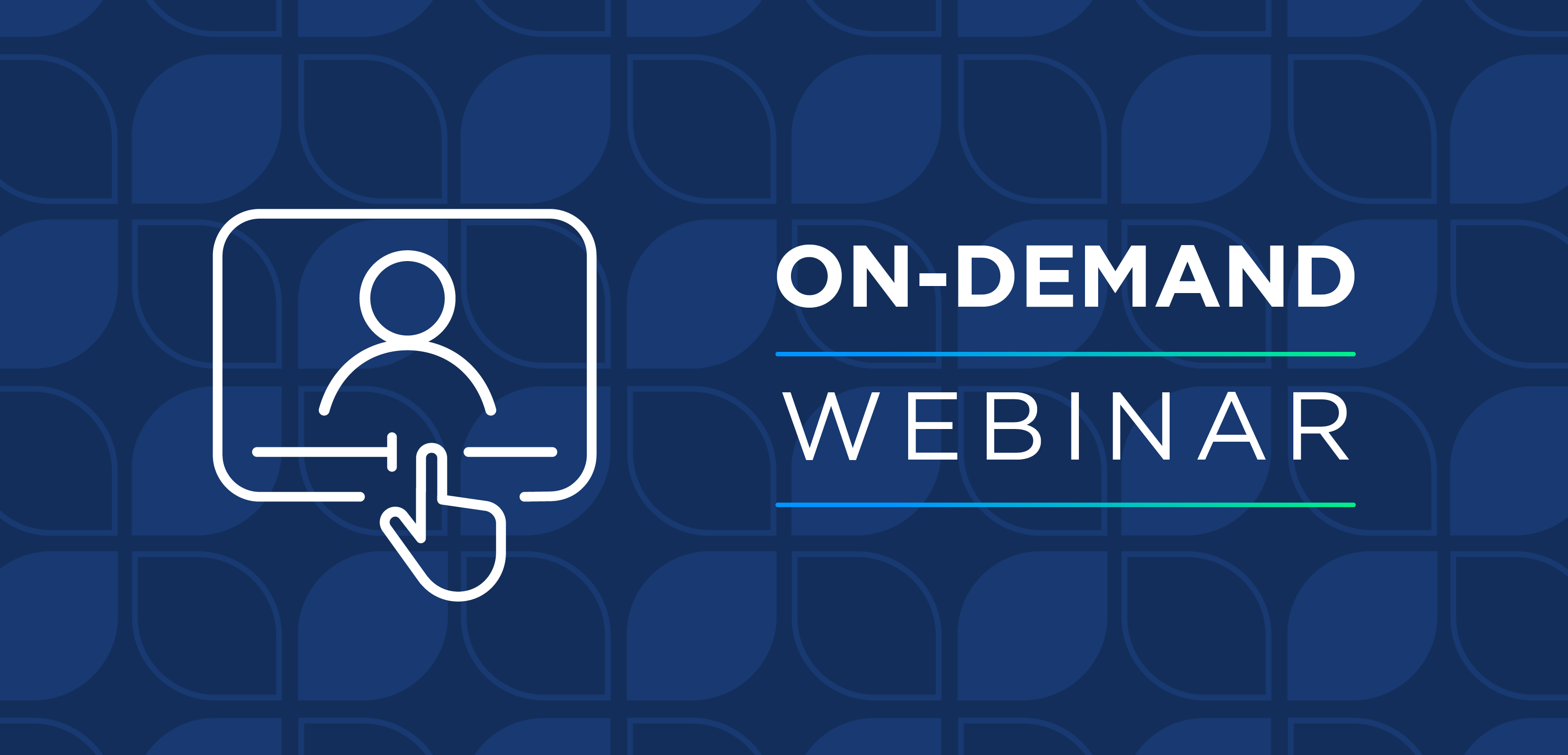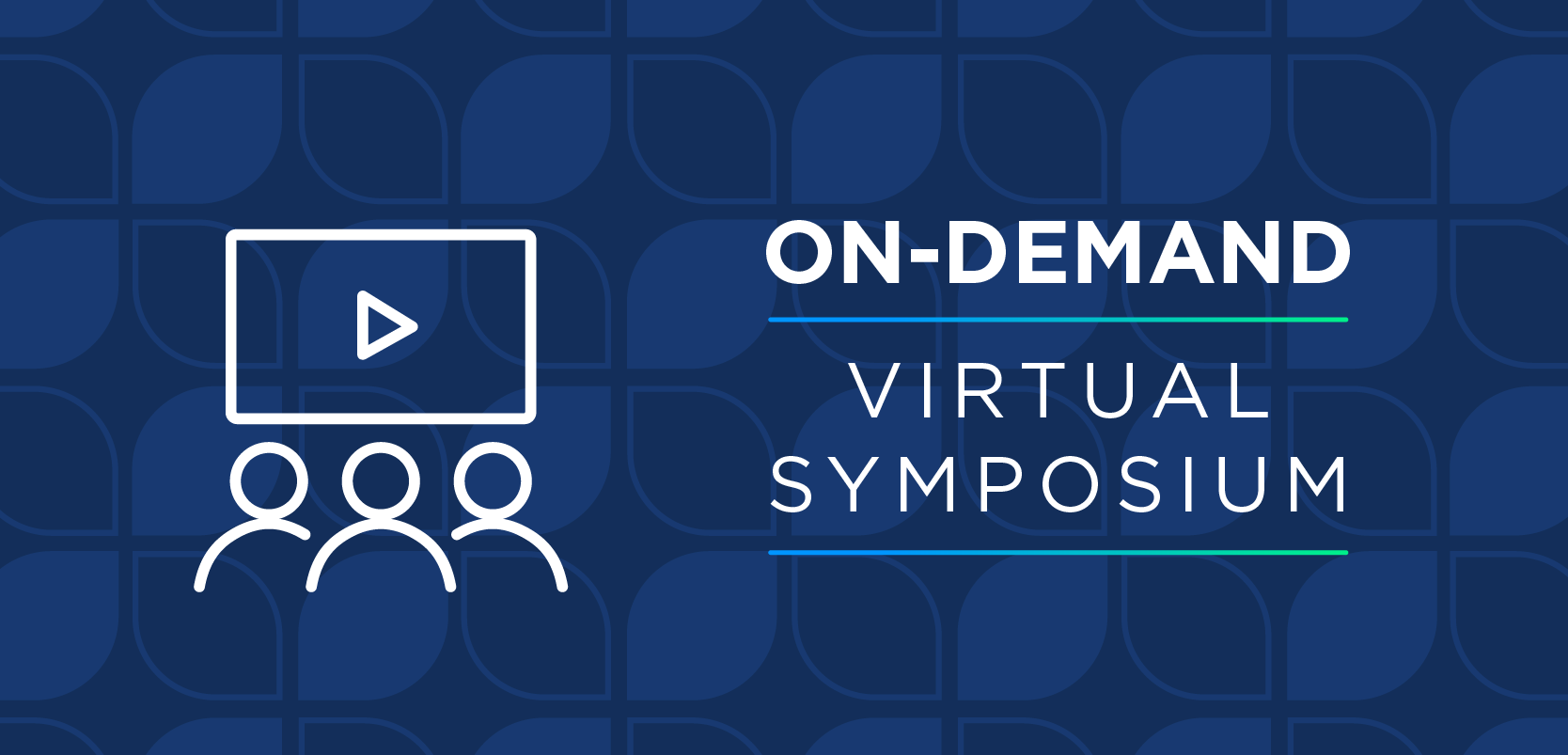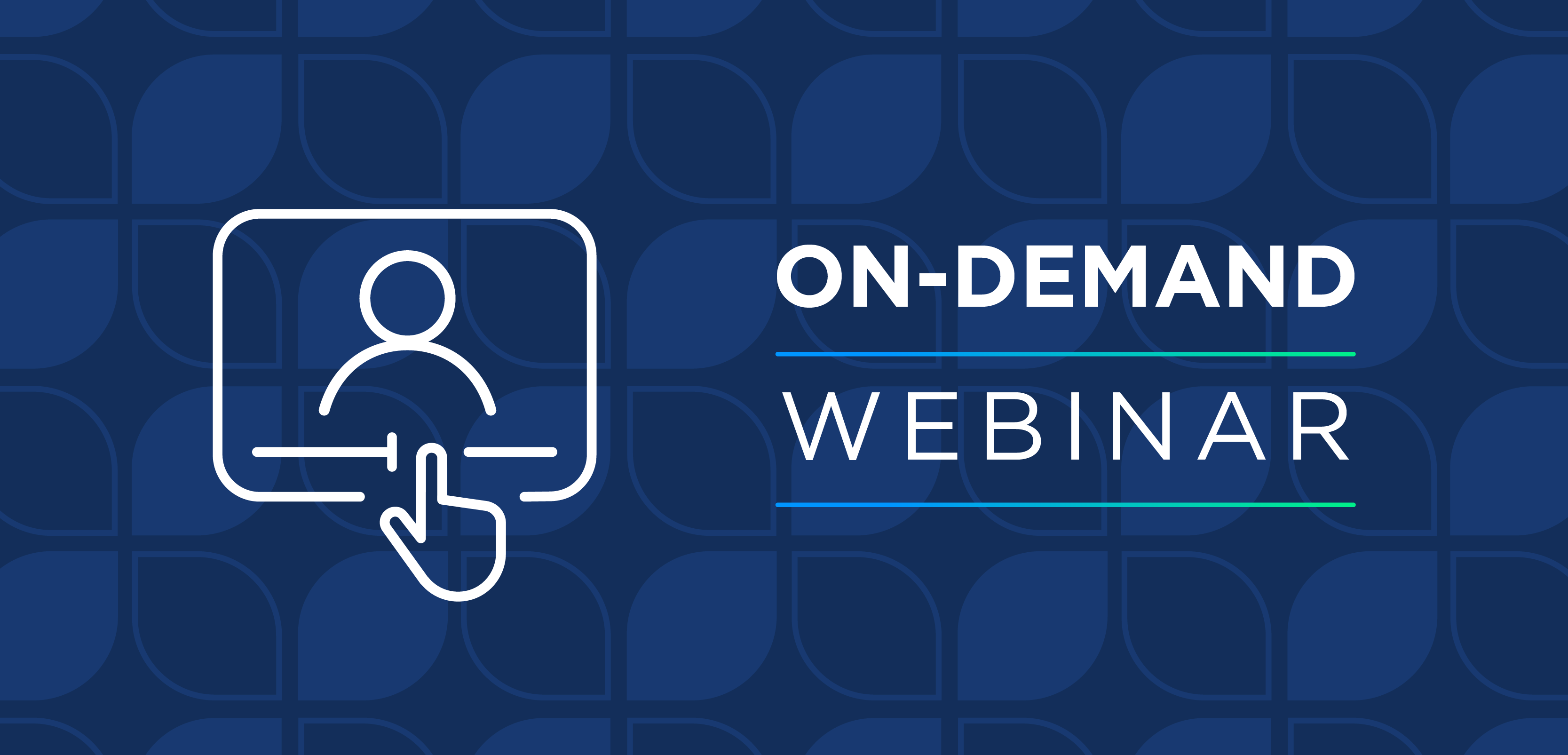
Pharmacists at the Front Lines of Innovation in Lung Cancer Care
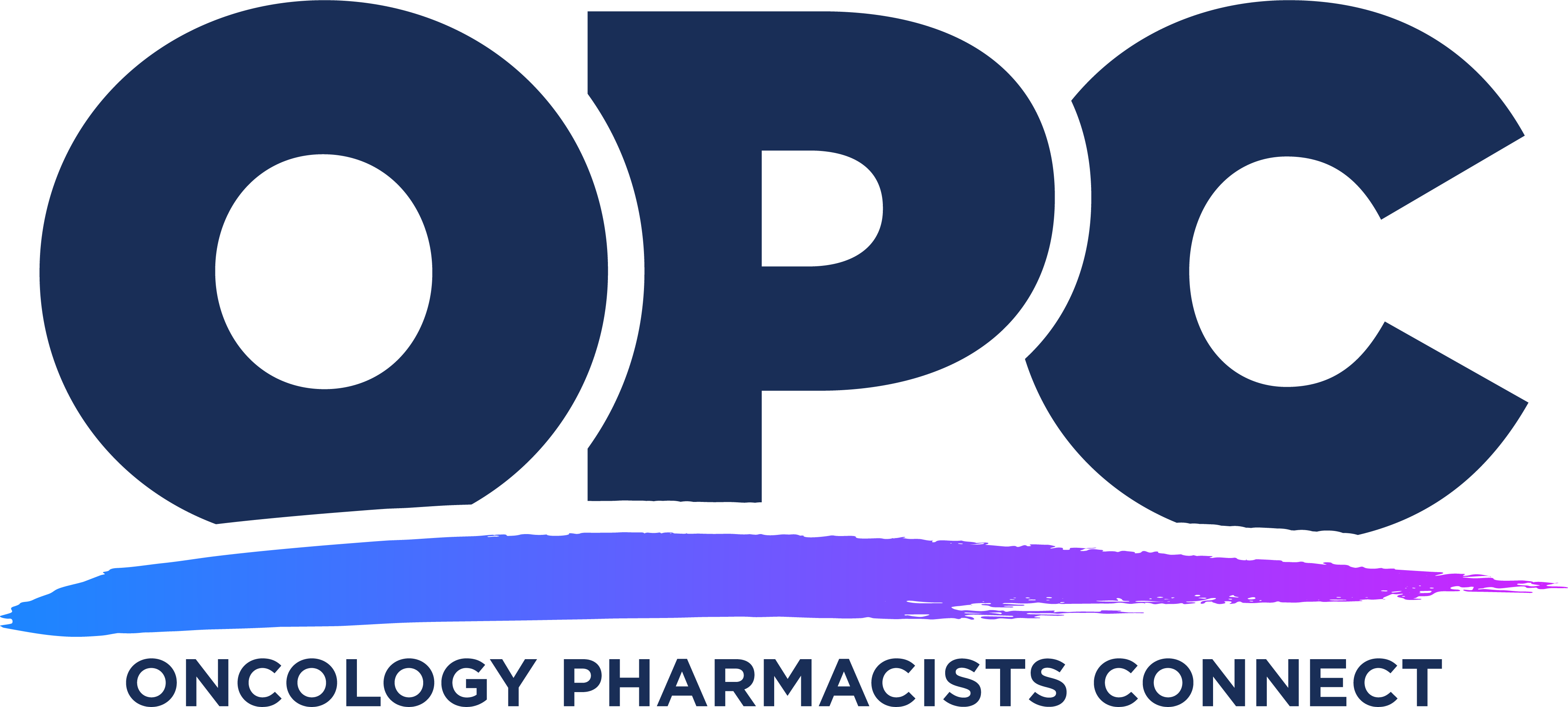
Kevin Chen, PharmD, MS, BCOP, CPP, highlighted key thoracic cancer advances from the 2025 ASCO Annual Meeting.
In an interview with Pharmacy Times at the 2025 Oncology Pharmacists Connect (OPC) meeting, Kevin Chen, PharmD, MS, BCOP, CPP, clinical pharmacist practitioner in thoracic oncology and sarcoma and assistant professor of clinical education at the University of North Carolina Medical Center in Chapel Hill, discussed updates in thoracic cancer treatments, emphasizing the rapid advancements in small cell lung cancer and the emergence of novel therapies.
Pharmacy Times: Can you share what you presented at the 2025 OPC meeting?
Kevin Chen, PharmD, MS, BCOP, CPP: I presented some therapeutic training updates from ASCO for the treatment of thoracic cancers like lung cancer. I think that’s one of the great joys of being in this disease state—so many things are changing so rapidly.
Pharmacy Times: What are the most significant recent advances in the treatment of thoracic cancers, and how are they changing the standard of care?
Chen: We think about lung cancer—specifically small cell lung cancer—for probably about 3 decades, not much has happened. And now, over the past few years, there’s just an explosion of all these novel therapies that have been improving our outcomes.
In terms of non–small cell lung cancer, again, this is the poster child of precision medicine in oncology. And we have novel therapeutic agents that are coming out day by day; these effective, safe, tolerable, as well as convenient oral targeted therapies that keep coming onto the market. And there [are] plenty that show good, promising data for EGFR exon 20, HER2 mutations, that are these small oral molecules that are very exciting for us to have in the clinic here soon.
Pharmacy Times: What are the barriers to effective implementation of modern treatment in clinical practice?
Chen: I think there are a few different barriers. So, first off, just being a thoracic specialist, even day by day, for me, it feels like I’m drinking from a fire hose. The data just come out so rapidly, and I can’t imagine what it’s like for our community oncology providers who are having to keep up with not just lung cancer, but colorectal cancer, melanoma, and sometimes even the heme malignancies. There’s just so much data coming at you all the time, and keeping up with literature is immensely hard.
I think one other—or a few other barriers—but one additional barrier is really disparities of care. And so we know already that there are disparities that exist in cancer delivery in low- and middle-income countries, right? We don’t have to look that far—even in our backyards, we have all these novel therapies. We have T-cell receptor, TCR agents, we have TILs, we have bispecific T-cell engagers—they’re all very effective, but not every center has access to them. And so we’re now having this divide of not every patient has access to all of these therapies—these novel therapies that can offer them. And so that’s something—that’s another barrier.
And probably the last one that comes to mind is really the complexity of precision medicine—the testing, the interpretation of the results, and making sure our patients are getting the right drug at the right time based on their individual molecular profiles.
Pharmacy Times: What do you think thoracic cancer care will look like in the next decade, and what needs to happen to get us there?
Chen: That’s a big question and a hard question to ask. I’ll say that I’ve been in my role for about 5 years now, and even in the 5 years that I’ve been in my role, things have changed so rapidly. I had mentioned those advancements in small cell lung cancer are not things that I had when I started my job.
When you look at the whole perioperative space of non–small cell lung cancer—the adjuvant, the neoadjuvant, and true perioperative regimens—those also didn’t exist. A third of the targeted therapies that we’re using today in clinic did not exist when I started my job.
So it’s going to be very hard for me to predict. What I’ll say is, I think these are things that I’m hopeful for—that we’ll have in 10 years—is that we’ll have therapies that produce long, durable responses, right?
Cellular therapies are here, right? Our BiTEs [bispecific T-cell engagers], our TILs, our TCRs—these are things that can produce long, durable responses, which is always our goal, right? In our metastatic lung cancer patients.
When you think about the novel targeted therapies—I had mentioned a few different emerging targets, like HER2, EGFR exon 20 insertions—but I look forward to a future of not just small molecules, but different mechanisms of action.
There’s a great abstract presented in the breast cancer of this novel mechanism called PROTACs, which actually helps degrade proteins. So are there oncogenic proteins that we can actually target that we couldn’t traditionally target with just a small molecule inhibitor?
We look at ADCs. Yes, we currently have antibody-drug conjugates that are conjugated to a cytotoxic chemotherapy. Unfortunately, these drugs are quite toxic. And so, although they’re very effective, they still have a lot of those chemo [adverse] effects. So there are things in the pipeline that are being developed with novel conjugated agents, such as radiopharmaceuticals, immune-activating agents like STING agents, PROTACs. Are there other things that we can conjugate to these antibodies to make them more tolerable—as equally effective as well too?
And then actually probably the most exciting thing for me is actually the utilization of ctDNA in solid tumors. So our heme colleagues have all these robust MRD [minimal residual disease] assays that could intensify and de-intensify therapies to improve their outcomes. We don’t yet have that in lung cancer, but I look forward to a future we can use ctDNA more.
In fact, if you think about lung cancer, you know, the proportion of people who develop lung cancer who have no smoking history—they don’t meet the screening criteria, and so we can’t even screen them to begin with. We can’t catch them in early-stage disease. And so there’s emerging ctDNA technology for these—what’s called MCEDs, or multicancer early detection panels—that are used to identify these patients and could be very helpful to identify lung cancer patients.
Again, the MRD assay can be helpful to identify which patients to intensify adjuvant therapy. More importantly, de-intensify adjuvant therapy, as well as in the advanced metastatic setting. Can we use these to do a more dynamic measure of a patient’s response to again intensify and de-intensify therapy?
When I think of the EGFR lung cancer space, we have now 2 approved regimens that have improved outcomes over osimertinib but also have significant toxicities, right? So is there a world where we can leverage ctDNA technology to start people on osimertinib and, based on their ability to achieve ctDNA clearance, then intensify the therapies in the patients who are unable to achieve ctDNA clearance? Give it to the patients who are the high risk of disease relapse, but not give patients who have achieved ctDNA clearance this highly toxic regimen, which may not even be needed?
Pharmacy Times: In your practice, how do you bridge the gap between clinical trial data and clinical practice?
Chen: That’s always a challenge that we have, right? We know that trial patients are not the same as real-world patients. And so we’re limited by that.
I think a few ways we can bridge that gap is—there’s this emerging trend of real-world data that we’re finding oncology is being very importantly used for, you know, guiding payer decisions as well as regulatory decisions. I know the FDA is very interested in using real-world data to help inform and confirm some of the benefits that we are seeing in trials. I think that’s to come—that’s a future, right? How do we use these real-world data to inform that?
I think, as a clinician on the front line, for me, it’s really looking at that patient in front of you, right? And so, do the trial data pertain to that patient? It’s not as straightforward as, “Oh, do they meet the trial criteria or not?” But are there factors that may give me concerns?
So if we use, let’s say, tarlatamab (Imdelltra; Amgen), for example, right? You’re not going to have the data of people who just finished whole-brain radiation last week, right? But as we think about guiding treatment decisions—if we’re thinking about outpatient tarlatamab—maybe that’s not the right person to be doing an outpatient tarlatamab protocol, because if they finished whole-brain last week, the risk of ICANS is going to be probably higher than the patient population, right?
And so I think for a clinician, the important thing is using that individual patient in front of you—using your critical thinking to identify where does the trial apply, where does it not, and how can we use that information?
But I do look forward to a future where we have more of these real-world data informing our regulatory approvals.
Pharmacy Times: Can you share your experience at OPC 2025 and the significance of these meetings for pharmacists?
Chen: Yeah, so this is actually my second year to have had the opportunity to attend OPC, and it’s been a phenomenal meeting. I actually think it’s one of my favorite pharmacy meetings to come to.
Because as pharmacists, oftentimes we’re not just tasked with knowing what the clinical data are—right, the safety and efficacy—we’re oftentimes also the ones in charge of operationalizing that clinical data.
Whenever we have new regimens that come out, first thing that happens is my midlevels will come approach me in clinic like, “Okay, we’ve got this patient with MET overexpression. I want to give them telisotuzumab vedotin [Emrelis; AbbVie Inc]. How do we do that?” Right?
So making sure we have access to the drug, getting the treatment plans validated and approved and live in your EMR—all these things. These are things that are important to us.
And one of the best aspects of the OPC meeting is it’s not just presenting the data, but we have a panel discussion where we talk about some of these operational challenges and how can we overcome them to make sure we’re able to deliver these novel therapies to our patients successfully. So I really like that.
I think for anyone who hasn’t had the chance to come, I do think it’s a wonderful meeting to come experience.
Newsletter
Stay informed on drug updates, treatment guidelines, and pharmacy practice trends—subscribe to Pharmacy Times for weekly clinical insights.


